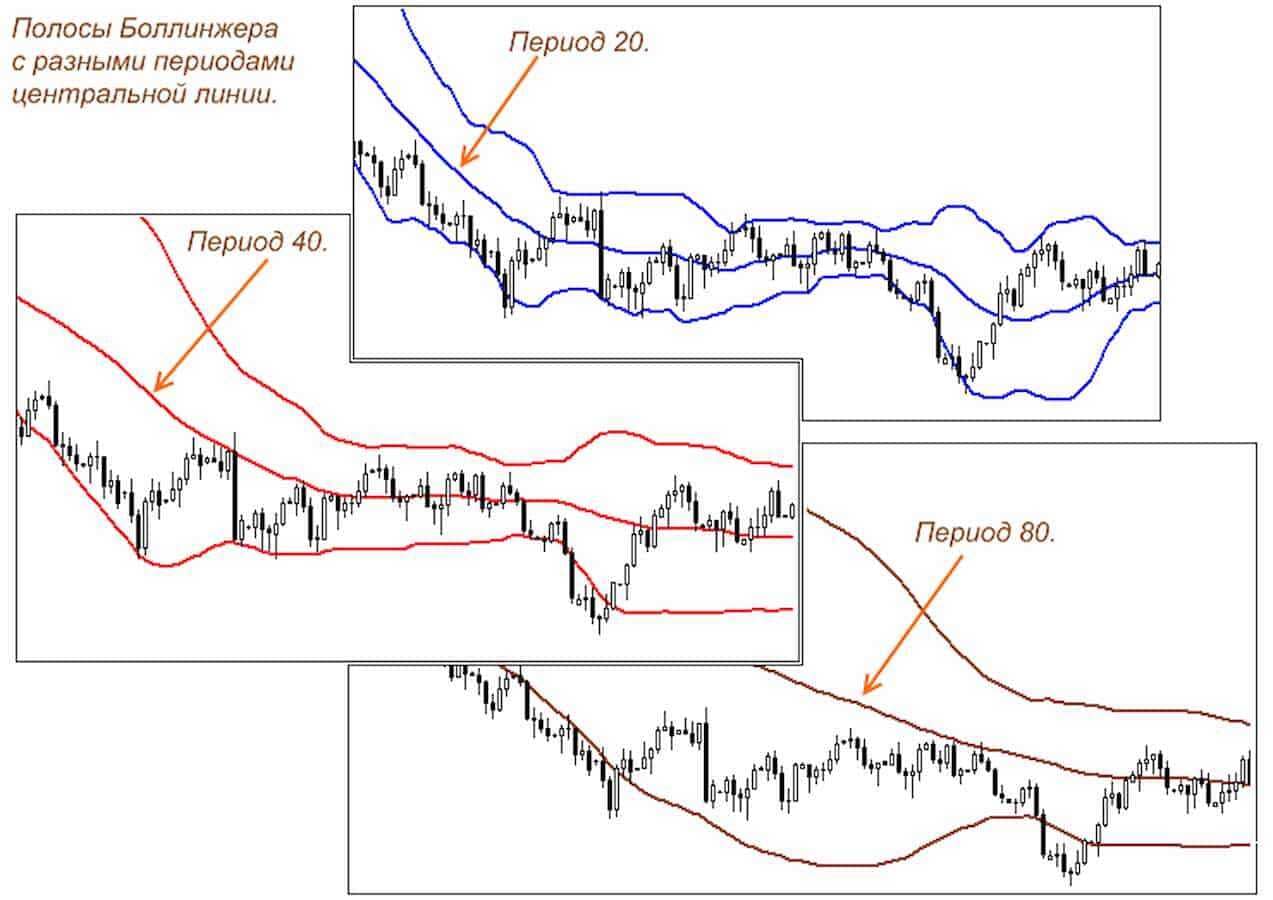Content
Understanding how these stakeholders will interpret reports enables you to proactively address any issues and prepare for questions. As the leader of the business, it’s your job to weave a compelling narrative around these facts. You must be able to justify your choice of metrics, clearly demonstrate how they are interlinked to business growth, and get everyone aligned on the plan moving forward. By following this framework, companies can create a more sustainable growth trajectory that’s equipped to meet the challenges of today’s macro environment. According to Gartner, the SaaS industry is projected to grow to a staggering $121B in 2021, a 15% increase from 2020.And this trend will continue.
- DTTL and each of its member firms are legally separate and independent entities.
- Additionally, subscription companies have unique revenue forecasting, cash management and specialized KPIs.
- It is crucial to take into account which expenses they need to spread out over time and which ones they can pay for right away.
- In short, bookings signify commitment from your customers to pay the money for the service you offer.
- This is an accounting challenge because SaaS companies are getting paid before a product has been exchanged, therefore, the prepayment cannot instantly be considered income.
- In essence, it reconciles the balance sheet and income statement to determine the financial position of your business.
Financial reporting, whether done by internal accounting teams or third parties, must be objective and accurate. Accounting teams regulated by GAAP must always follow the standards when reporting financials. This principle makes clear that companies https://www.bookstime.com/ cannot modify or omit pieces of the requirements. In the early days of your business, it’s possible to get by with a basic cash accounting system. But once you start to gain traction, you’ll quickly find you need a more sophisticated approach.
Identify the contract
If the business follows GAAP, it cannot typically recognize the full value of the contract upfront. Instead, they must prorate it over the period of the contract and recognize the revenue as they provide the customer with the agreed-upon services. Booking paints a picture of the revenue you expect to earn over time based on customer commitments. It looks at the value of a contract and anticipated income ahead of payment completion. Bookings are an essential metric for SaaS businesses to understand sales efforts and potential revenue growth.
Avoiding intercompany mistakes – Journal of Accountancy
Avoiding intercompany mistakes.
Posted: Mon, 01 May 2023 07:00:00 GMT [source]
As time elapses, you recognize revenue currently on the income statement, in monthly increments for customer use of the software. To accomplish this, reduce the deferred revenue and record current SaaS software revenue. Specialized SaaS ASC 606 and advanced ERP/accounting software systems let you automate the process.
SaaS Accounting Challenges
A deferred revenue account and accounts receivable are essential to keep SaaS revenue organized and easy to forecast. SaaS accounting is the detailed process of reporting income for software companies. Due to the nature of the SaaS subscription model, different from one-time purchases of canned software, customers access saas accounting cloud software services under term contracts. Companies earning revenue from contracts with customers must follow compliance measures when reporting revenue and filing taxes, to avoid penalties. If your SaaS business has high bookings but lower billings, this can be a leading indicator of future cash flow problems.
- The cash flow statement provides a summary of the changes in cash balance as well as both the sources and uses of cash in the business.
- This is because a company’s data – e.g. historical transactions recorded in a legacy software system or database – does not meet the recognition criteria under IAS 38.
- Others might be in business with a goal of an IPO, and want to establish the right accounting habits early.
- Over time, you should constantly revise, tweak, and amend your forecasted budget to account for changes in your business, new funding, or other events.
- It manages the intricacies of long sales cycles, with many customer touchpoints, and varied pricing models.
And as you deliver this service and recognized revenue, the deferred revenue liability decreases. If a SaaS has high bookings but lower billings, it is a leading indicator of future cash flow problems. To maintain healthy cash-flows, SaaS businesses have to think of ways to get customers to pay upfront and increase billings. Monthly Recurring Revenue (MRR) is an important metric for SaaS businesses and Accrual accounting suits subscription businesses because accrual revenue, if recognized correctly, actually tracks the MRR. Since it allows tracking revenues and expenses together in the same period, it provides comparable trends for SaaS businesses. Cash-basis accounting recognizes revenue and expenses when cash is received or paid.
SaaS Accounting vs Traditional Accounting
If the consumer pays in full upfront, the leftover money is returned back to them. This method is used more often than cash-basis, and even though it is more complicated, it is better for growing businesses with a lot of inventory. The IRS says that a business that makes more than $25 million in gross sales each year must use the accrual method. Deferred revenue is the money you’ve already charged for but can’t count as income because the service hasn’t been done yet. It is often called “unearned income.” On the balance sheet, deferred income is listed as a liability. Before ASC 606, there were variations in how businesses in different industries recognized their revenue for similar transactions.
- We’ve put together this quick guide to help you understand the complex dynamics of accounting in subscription businesses.
- Revenue is the income you earn when you provide service to your customers.
- The GAAP reporting process is entirely fact-based, with forecasts reserved for dedicated, forward-looking guidance.
- SaaS accounting is the application of accounting principles followed by the Software-as-a-Service industry, including revenue recognition over time for Revenue for Contracts with Customers (ASC 606 and IFRS 15).
- We see many inexperienced bookkeepers recognize the full cash payment upfront as revenue instead of recognizing it over time.
Annual Contract Value (ACV) is a financial metric used by SaaS companies to measure the annual value of a customer contract. It is calculated by taking the total contract value and dividing it by the number of years in the contract. It’s not a GAAP or accounting defined metric, but it’s a way of looking at contracts that has been informally agreed upon by well-known SaaS investors and startup founders. It’s important to let investors know how you’re calculating it, so there are no surprises. It doesn’t include non-recurring revenue streams such as installation or one-off consulting revenue. It’s important for SaaS companies because it helps them understand the average value of a customer contract and predict future revenue.
Accounting Standards for SaaS Companies (What You Need To Know)
Since the customer never actually ‘gets control’ of the software, it is difficult to apply the general rules of revenue recognition. As per the FASB rules, in the majority of the cases, SaaS companies are required to recognize most of their revenue over the contract term. This rule stands in place irrespective of whether the customers pay the SaaS providers in full upfront for the services or pay as per the subscription plans of weekly, monthly, quarterly, or annual. Utilizing or providing “XaaS” business complicates your tax situation as you may be required to amortize revenue or expenses over a long period of time. For example, if a company pays you $1200 annually for your service, you may need to recognize that as 12 payments of $100 at the end of each month as the services are rendered.




